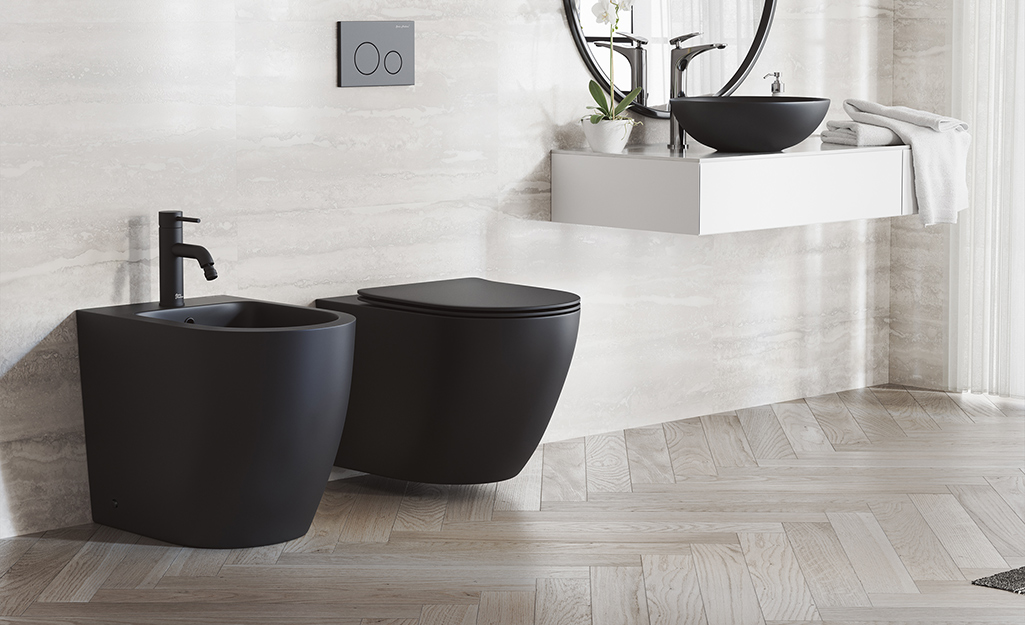In the realm of home maintenance, leak detection in bathrooms has emerged as a critical concern. The bathroom, an essential part of any household, is prone to water leaks that can lead to significant damage if not detected and addressed promptly. For industry QA professionals, ensuring the integrity and safety of bathroom installations is paramount.
Understanding the intricacies of leak detection in bathrooms is crucial for maintaining the safety and functionality of these spaces. Early detection can prevent costly repairs and safeguard the health of the home environment. This article delves into the methods and technologies available for leak detection, providing a comprehensive guide for industry QA experts.

Why Leak Detection in Bathrooms Matters
Bathrooms are frequently exposed to water, making them susceptible to leaks. These leaks can originate from various sources, including faulty plumbing, damaged seals, and worn-out fixtures. If left unattended, leaks can lead to structural damage, mold growth, and increased utility bills. For industry QA professionals, understanding the importance of leak detection goes beyond mere maintenance; it's about ensuring the longevity of the bathroom and the well-being of its users.
Moreover, undetected leaks can compromise the integrity of bathroom surfaces, leading to costly renovations and potential health hazards. In a professional context, ensuring that bathroom installations are leak-free is a testament to quality assurance and customer satisfaction.
Methods for Effective Leak Detection
Visual Inspection
One of the simplest ways to detect leaks is through a thorough visual inspection. Industry QA professionals should regularly check for signs of water damage, such as discoloration, mold, or mildew. Inspecting seals around bathtubs, showers, and sinks can also reveal potential leak sources.
Water Meter Monitoring
Monitoring water meters is an efficient method to detect leaks. By turning off all water fixtures and observing the meter, professionals can determine if there is a leak in the system. A moving meter indicates water is being lost somewhere in the plumbing.
Utilizing Advanced Technology
With advancements in technology, various tools are available for more precise leak detection. Devices like moisture meters and thermal imaging cameras allow for non-invasive inspections, identifying leaks behind walls or under floors. Additionally, smart leak detectors, which send alerts directly to a smartphone, offer real-time monitoring and early detection. For more insights into smart leak detection, visit smart water leak sensors.
Preventive Measures and Best Practices
Prevention is always better than cure. Regular maintenance checks and timely repairs can prevent leaks from escalating into major issues. Ensuring proper installation of fixtures and using high-quality materials can significantly reduce the risk of leaks. Moreover, integrating smart technology into bathroom designs can offer continuous monitoring and instant alerts for any irregularities. For innovative bathroom design ideas, explore Duravit's bathroom ideas.
Regular Maintenance Checks
Conducting regular maintenance checks is essential for early leak detection. Industry QA professionals should schedule inspections to ensure that all plumbing fixtures are in optimal condition. This proactive approach can prevent small leaks from turning into significant problems.
Smart Technology Integration
Integrating smart technology into bathroom designs is a forward-thinking approach to leak prevention. Smart leak detectors and sensors provide real-time alerts, allowing for immediate action. These technologies not only enhance safety but also contribute to water conservation efforts.
Conclusion
In conclusion, leak detection in bathrooms is a vital aspect of home maintenance that should not be overlooked. For industry QA professionals, ensuring the integrity and safety of bathroom installations is a testament to their commitment to quality and customer satisfaction. By employing a combination of traditional methods and advanced technology, leaks can be detected and addressed promptly, safeguarding both the home and its inhabitants.
For further information on how to detect leaks in water-saving toilets, consider exploring this detailed guide.

FAQs
How can I detect a hidden leak in my bathroom?
Hidden leaks can be detected using advanced tools like moisture meters or thermal imaging cameras. These devices allow for non-invasive inspections and can identify leaks behind walls or under floors.
What are the common signs of a bathroom leak?
Common signs include discoloration on walls or ceilings, mold or mildew growth, and an unexplained increase in water bills.
Can smart technology help in leak detection?
Yes, smart technology such as leak detectors and sensors can provide real-time alerts, allowing for immediate action and preventing further damage.
For more insights into smart bathroom technology, explore this comprehensive guide.






